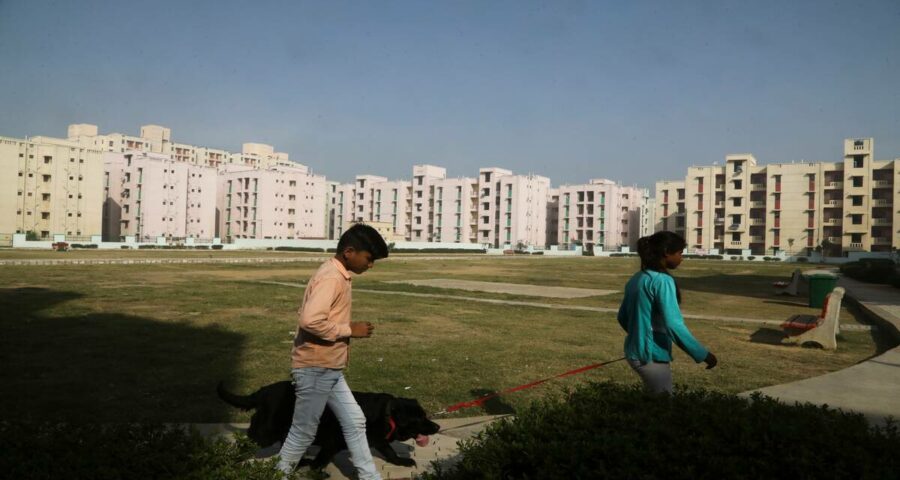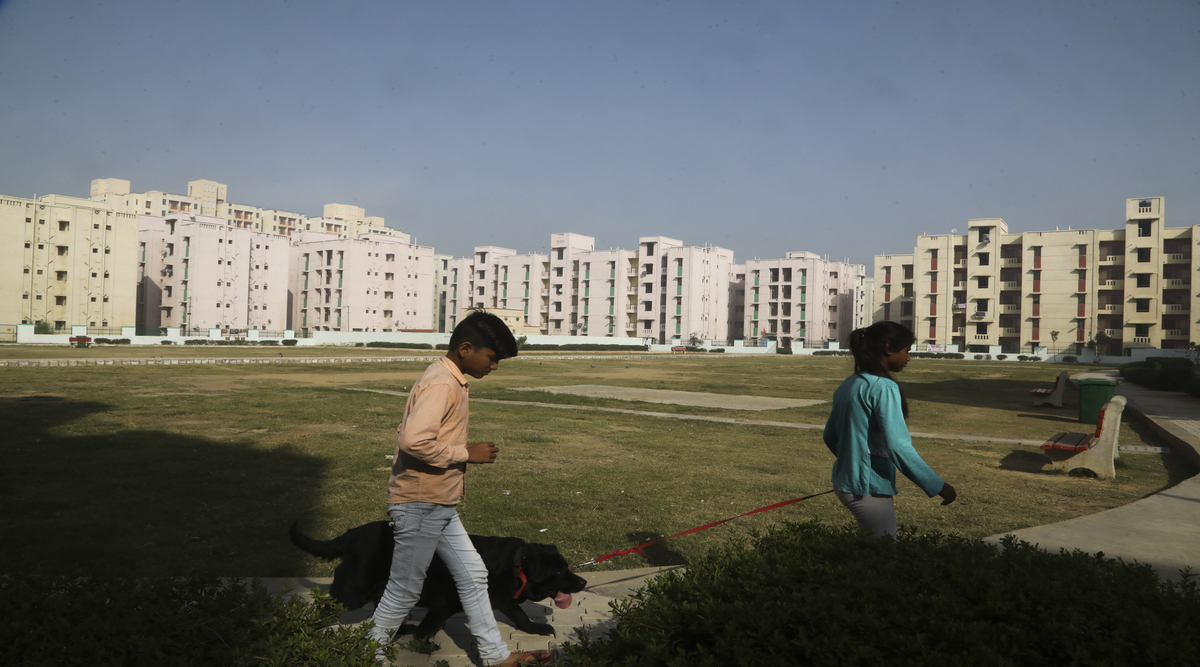The National Real Estate Development Council (NAREDCO) held a consultation on Tuesday with Resident Welfare Associations (RWAs), industry and real estate experts on the policy, which was released on February 24.
Agricultural belts in Delhi’s villages will soon be opened up for private real estate development under the Delhi Development Authority’s (DDA) new Green Area Development Policy. Low Density Residential Areas (LDRA) will also be part of the plan.
The National Real Estate Development Council (NAREDCO) held a consultation on Tuesday with Resident Welfare Associations (RWAs), industry and real estate experts on the policy, which was released on February 24. The DDA invited objections and suggestions till April 10.
The policy will encourage ‘green development’, characterised by a set floor area ratio (FAR) based on the build-up area, large wooded and landscaped areas, city-level hubs for green living and recreation, and other facilities.
Similar to the regularisation of unauthorised colonies, the new policy will also authorise various construction activities, opening it up for commercial use, while also making it mandatory for newer constructions to adhere to green norms.
Bhupender Bazad, president of the Delhi Master Plan Committee, who was part of the consultation process, told The Indian Express, “There are 70 villages – 23 in LDRA areas such as Satbari, Mehrauli, and 47 in the green belt areas on the periphery such as at Tikri Kalan, Mitraon, Dhansa and others — where this policy shall be implemented. Many of these areas are either not urbanised, or they have unauthorised constructions. The policy shall open them up for development by private players, and regularise the unauthorised constructions there.”
The policy allows these areas to be opened up for the development of farmhouses, open-air markets, parks, educational and health facilities, resorts and clubs, greenhouses, concert houses etc. It will also include transportation corridors, utilities, and recreational areas required at a city-level, development schemes for landowners, and a mandatory wooded area.
Bazad said, “The agricultural areas shall open up to private players, who can buy it to build cluster-based development having various facilities such as housing, healthcare, commercial units. Or it can be individual plots. For larger plots, 15-45 per cent of the plot area must have trees, and the buildings must have GRIHA certifications (green building rating). The development around Dwarka does not have as much greenery, nor is it required to. It can also open up space for offices, such as at Gurgaon, as such space is not available currently in Delhi.”
Three grades of development shall be permitted under the new policy. For Grade 2 and 3 areas, 15 per cent of the plot area and 45 per cent of plot area respectively have to be covered with indigenous plantations, as per mandatory wooded area requirements, and meet Green Ratings of GRIHA 3 star or equivalent. Each grade shall be permitted specific types of projects; such as Grade 3 can have college campuses, work centres, and cultural and entertainment centres, and Grade 2 can house farmhouses, markets, and healthcare facilities. Solar fields, crematoriums, agriculture, and wastewater treatment facilities will be allowed in Grade 1.
Farmhouses in the 23 villages can also further develop their areas, provided the minimum road width requirement is met. “For the various grade developments, 6-30 meter road widths are mandatory, which the landowners there can pool,” he said.
Many of the farmhouse constructions in the areas are unauthorised, exceeding the permissible FARs even if they were granted permissions initially. “Many farmhouses are not sanctioned and even if so, they have made more built up area than permitted, at times 12-15,000 sq ft. This policy will regularise those; and provided they have the required road width, they can develop commercial units, offices there. They can pool land privately and widen the road width too,” said Bazad.
Landowners can also provide land for social infrastructure such as police and fire stations, sub-station etc. A group of landowners can submit a Green Development Scheme on the portal for all grades or mix of activities and these may be designed as cluster-type development.
Source: Read Full Article


